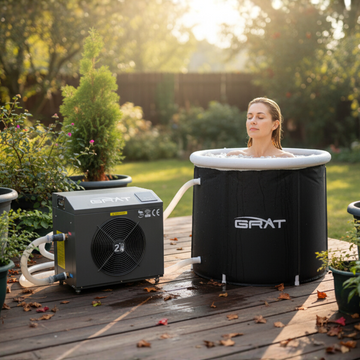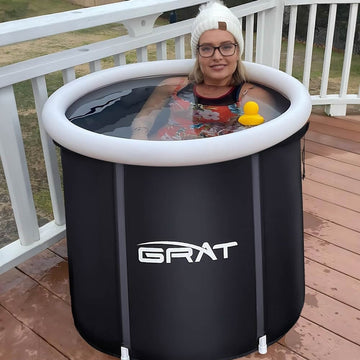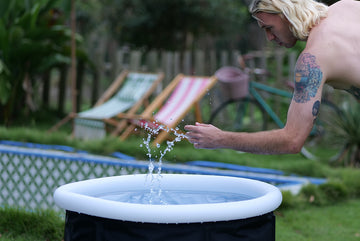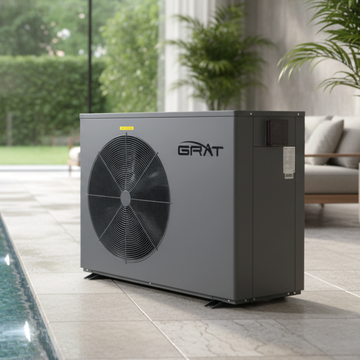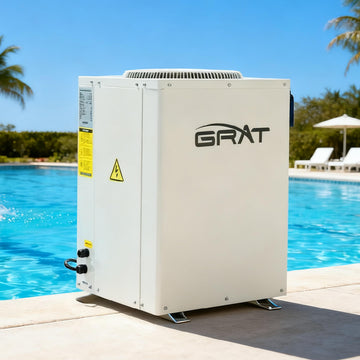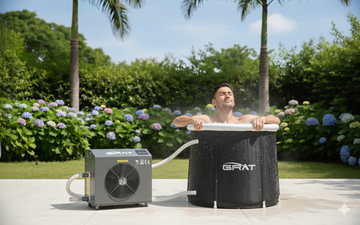Cold water soaking and traditional ice packs are two common cold therapy methods used for muscle fatigue and injury recovery. This article compares the advantages and disadvantages of both approaches to help you choose the recovery method best suited for you.
1. Advantages of Cold Water Immersion
Whole-Body Effect: Cold water immersion simultaneously targets multiple body areas, promoting systemic blood circulation and recovery.
Sustained Effect: Longer immersion duration delivers prolonged cooling, aiding in the restoration of entire muscle groups.
Deep Recovery: Goes beyond surface pain relief to reduce inflammation in deep tissues.
2. Localized Treatment with Traditional Ice Packs
Application Scope: Primarily used for localized acute injuries like sprains and strains.
Ease of Use: Requires no preparation of large volumes of cold water, allowing immediate localized application anytime, anywhere.
Immediate Relief: Ice packs rapidly alleviate localized pain and swelling.
3. Scientific Comparison: Cold Water Immersion vs. Ice Packs
Treatment Scope: Cold water immersion suits whole-body recovery, while localized ice packs are better for urgent injury management.
Indications: Cold water immersion is ideal for post-exercise recovery, whereas ice packs are optimal for treating localized injuries like sprains and strains.
Timing: Cold water immersion is more effective for chronic fatigue or whole-body recovery; ice packs offer more targeted relief for acute injuries.
Conclusion
Selecting either cold water immersion or ice pack application based on specific needs can significantly enhance recovery efficiency. Choosing the optimal method according to individual circumstances ensures the best possible results.
